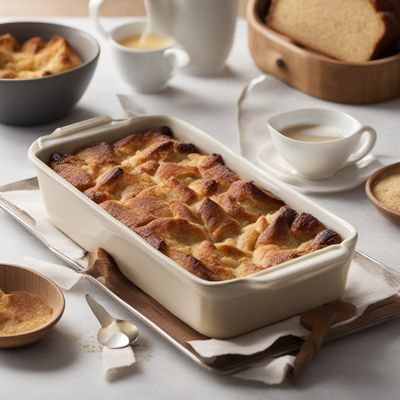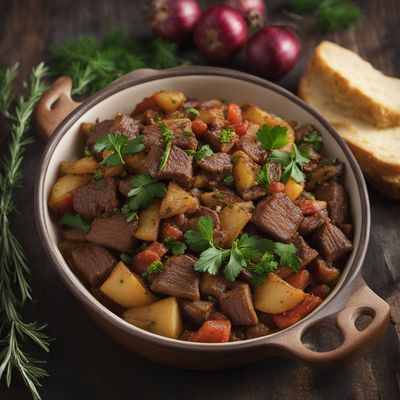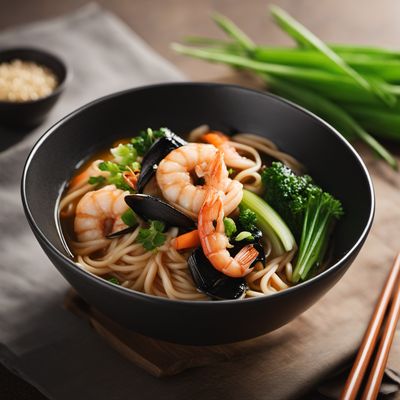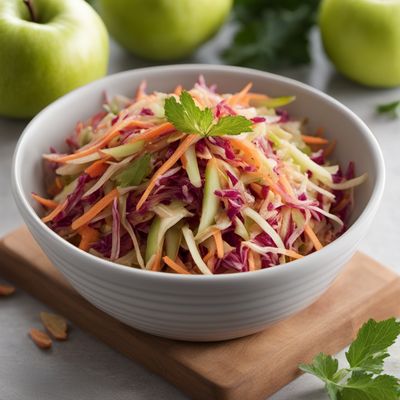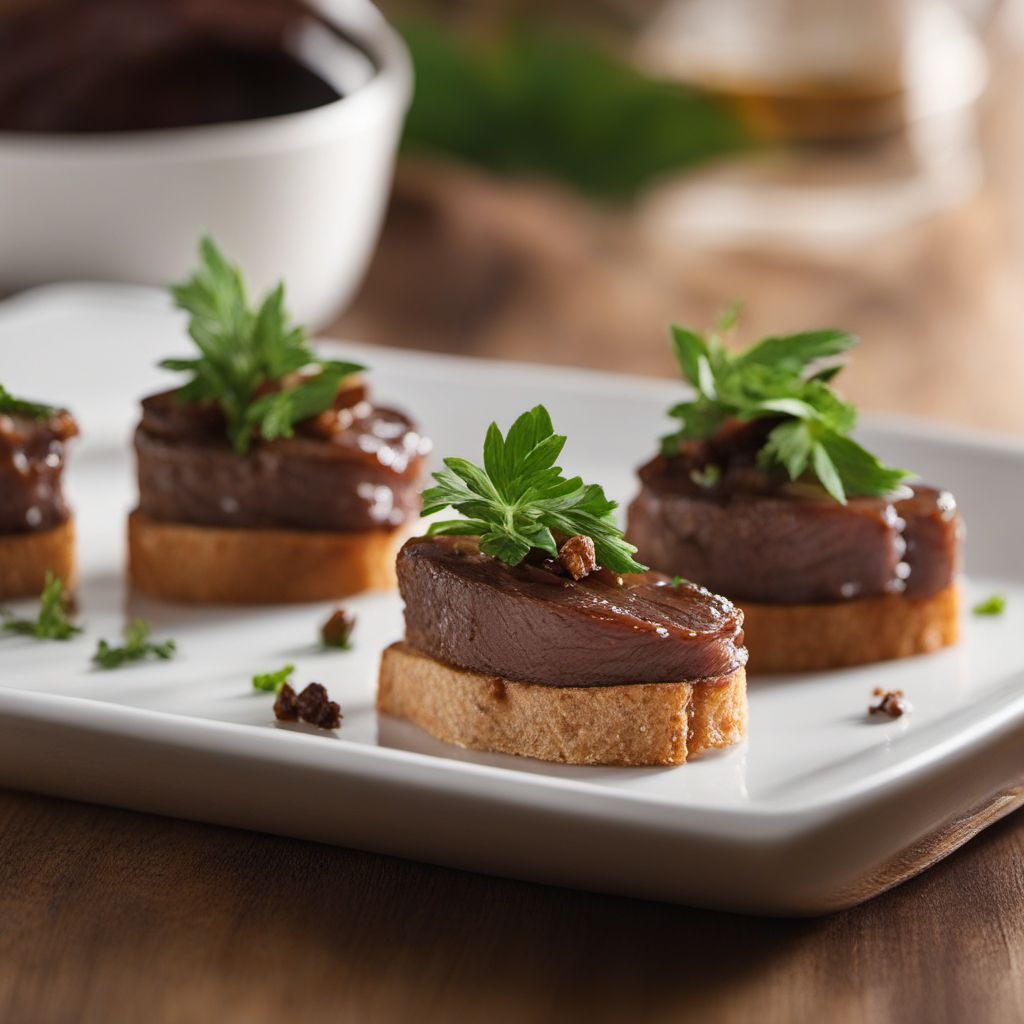
Recipe
Canadian Maple-Glazed Beef Tongue Canapés
Maple-Glazed Delights: Canadian Beef Tongue Canapés
4.4 out of 5
Indulge in the rich flavors of Canadian cuisine with these delectable Maple-Glazed Beef Tongue Canapés. This recipe combines the traditional English potted tongue with a Canadian twist, featuring a sweet and savory maple glaze that perfectly complements the tender beef tongue.
Metadata
Preparation time
30 minutes
Cooking time
3 hours
Total time
3 hours 30 minutes
Yields
4 servings
Preparation difficulty
Medium
Suitable for
Omnivore, Gluten-free (if using gluten-free bread), Nut-free, Dairy-free (if omitting sour cream)
Allergens
Dairy (sour cream)
Not suitable for
Vegetarian, Vegan, Paleo, Keto, Low-carb
Ingredients
In this Canadian adaptation, the traditional English potted tongue is transformed into a maple-glazed delight. The original dish is enhanced with the addition of a sweet and savory maple syrup and Dijon mustard glaze, which adds a distinct Canadian flavor profile. The canapés are also served on toasted baguette slices instead of traditional English biscuits, providing a lighter and crispier base for the tender beef tongue. The horseradish cream topping adds a tangy kick, balancing the sweetness of the maple glaze. We alse have the original recipe for Potted Tongue Canapés, so you can check it out.
-
1 beef tongue (about 2 pounds / 900g) 1 beef tongue (about 2 pounds / 900g)
-
1 cup (240ml) maple syrup 1 cup (240ml) maple syrup
-
2 tablespoons Dijon mustard 2 tablespoons Dijon mustard
-
1 baguette, sliced and toasted 1 baguette, sliced and toasted
-
1/2 cup (120g) sour cream 1/2 cup (120g) sour cream
-
2 tablespoons prepared horseradish 2 tablespoons prepared horseradish
-
Fresh herbs (such as parsley or chives), for garnish Fresh herbs (such as parsley or chives), for garnish
-
Salt and pepper, to taste Salt and pepper, to taste
Nutrition
- Calories (kcal / KJ): 350 kcal / 1465 KJ
- Fat (total, saturated): 12g, 5g
- Carbohydrates (total, sugars): 35g, 25g
- Protein: 25g
- Fiber: 1g
- Salt: 0.8g
Preparation
-
1.Place the beef tongue in a large pot and cover with water. Bring to a boil, then reduce heat and simmer for 2-3 hours until the tongue is tender.
-
2.Remove the tongue from the pot and let it cool slightly. Peel off the outer skin and trim any excess fat.
-
3.In a small bowl, whisk together the maple syrup and Dijon mustard. Season with salt and pepper.
-
4.Preheat the oven to 180°C (350°F).
-
5.Brush the maple glaze over the beef tongue, ensuring it is evenly coated. Place the tongue on a baking sheet and roast in the preheated oven for 20-30 minutes, basting occasionally with the remaining glaze.
-
6.Remove the tongue from the oven and let it rest for a few minutes. Slice it thinly against the grain.
-
7.In another bowl, mix together the sour cream and horseradish. Season with salt and pepper.
-
8.To assemble the canapés, spread a dollop of the horseradish cream on each toasted baguette slice. Top with a slice of maple-glazed beef tongue.
-
9.Garnish with fresh herbs and serve.
Treat your ingredients with care...
- Beef tongue — Make sure to simmer the beef tongue until it is tender and easily pierced with a fork. This slow cooking process ensures a tender and flavorful result.
- Maple syrup — Opt for pure maple syrup for the best flavor. Avoid using pancake syrup or artificial maple-flavored syrups, as they may not provide the same depth of flavor.
- Baguette — Choose a fresh baguette and slice it into thin rounds. Toasting the slices adds a delightful crunch to the canapés.
- Horseradish — Adjust the amount of horseradish according to your preference for spiciness. Add more for an extra kick or reduce it for a milder flavor.
- Fresh herbs — Use fresh parsley or chives for a vibrant and aromatic garnish.
Tips & Tricks
- For a smoky twist, you can add a touch of liquid smoke to the maple glaze.
- If you prefer a sweeter glaze, increase the amount of maple syrup in the recipe.
- To save time, you can cook the beef tongue in a pressure cooker instead of simmering it on the stovetop. Follow the manufacturer's instructions for cooking times.
- If you're not a fan of horseradish, you can substitute it with whole grain mustard or a creamy mustard sauce.
- Make sure to slice the beef tongue thinly against the grain to ensure tenderness.
Serving advice
Serve these Maple-Glazed Beef Tongue Canapés as an elegant appetizer at your next gathering. Arrange them on a platter and garnish with fresh herbs for an eye-catching presentation. They pair well with a glass of chilled white wine or a refreshing sparkling beverage.
Presentation advice
To elevate the presentation of these canapés, you can drizzle a small amount of the maple glaze over the top of each slice of beef tongue. This adds a glossy finish and enhances the visual appeal of the dish.
More recipes...
For Potted Tongue Canapés
For English cuisine » Browse all
More English cuisine dishes » Browse all

Shrewsbury Cakes
Shrewsbury Cakes are a traditional English cookie that is made with a combination of flour, sugar, and butter. These cookies are perfect for those...

Pikelets
Pikelets are a type of small, fluffy pancake that are popular in Australia and New Zealand. They are typically served for breakfast or as a snack...
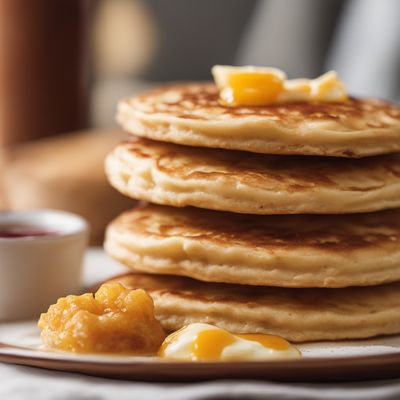
Crumpet
Crumpets are a traditional English breakfast food that are similar to pancakes. They are made with flour, yeast, and milk, and are cooked on a...
More Canadian cuisine dishes » Browse all

Poutine Gravy
Poutine gravy is a rich and savory sauce that is typically served over french fries and cheese curds. It is a staple in Canadian cuisine and is...

Tarte à la bouillie
Pudding tart
Tarte à la bouillie is a traditional French dessert made with a shortcrust pastry base and a creamy custard filling.
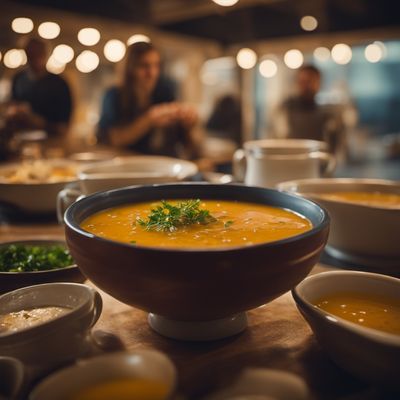
Soupe crasse
Dirty soup
Soupe crasse, also known as dirty soup, is a traditional French soup made with bread and vegetables. It is a simple and rustic dish that is...



